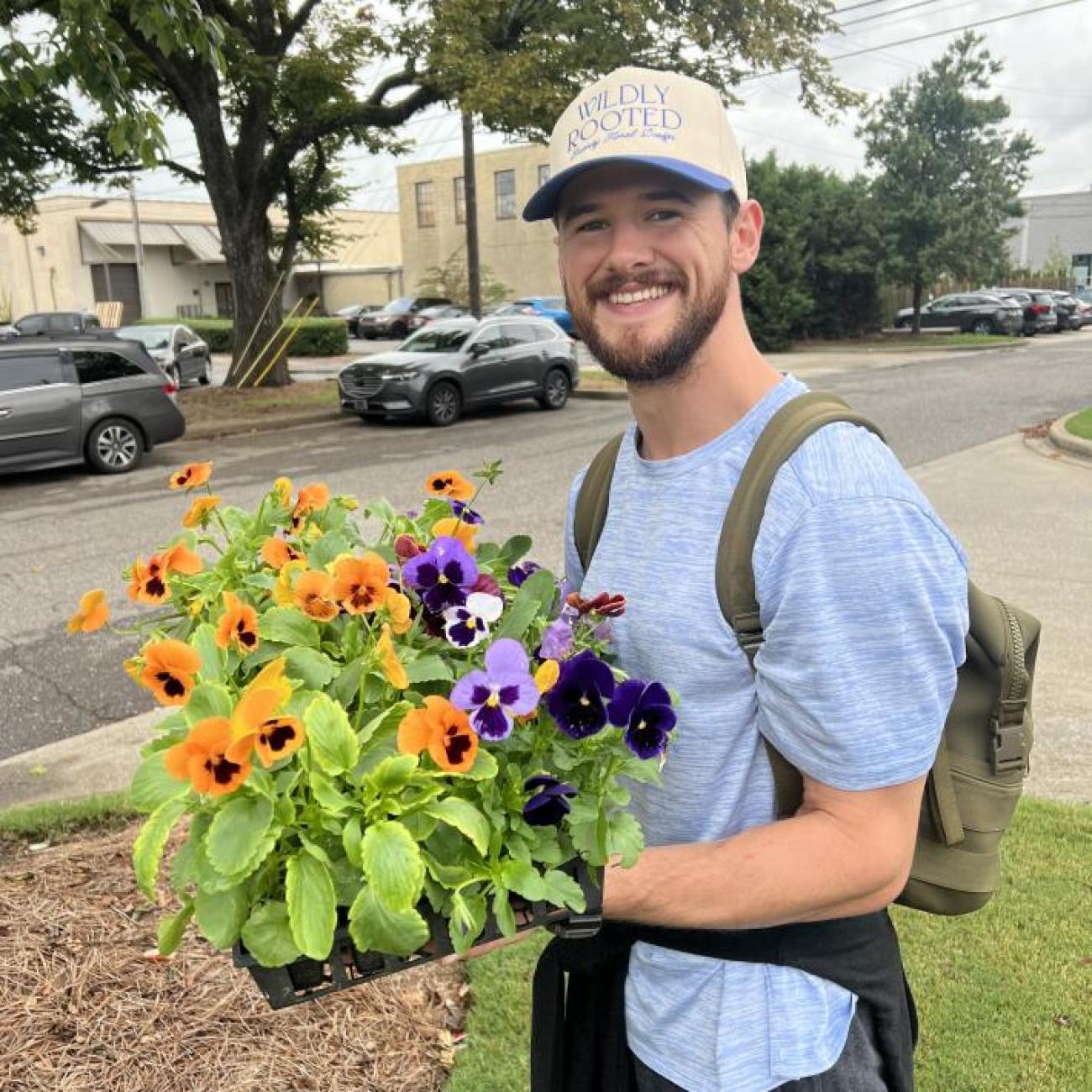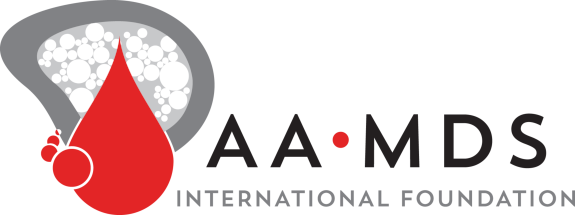
Allen had a gratifying life. He had a wife and a two-year-old, living on a farm, working in the Post-Anesthesia Care Unit at the teaching hospital. He exercised, ran, hiked, hunted, fished, and more, enjoying the outdoors, his family, and his career.
In January, he had the worst case of the flu he had ever experienced. The 104-degree fevers lasted several days. He recovered enough to travel to Europe on a scheduled family trip, finally feeling up to a 10-mile hike at the end of the visit.
But by March 1, he was feeling ill again. This time, he tested positive for flu, strep, and mono. After the third week, he finally felt somewhat better, except for the fatigue. This athletic man suddenly found himself seriously fatigued after normal activities.
During the fourth week, Allen saw petechiae petechiae: (puh-TEE-kee-ie) Small, flat red or purplish spots on the skin, caused by bleeding. It is often a symptom of a low platelet count. and bruising, and he also became slightly jaundiced. Even though his wife was worried about these symptoms, he assumed they were related to the mono and not anything else.
The fatigue worsened. When his wife saw him after work on April 6, she noted how pale he was. By this time, short, simple tasks caused his heart to beat hard. He said his legs felt like he had run a marathon.
On April 7, Allen arrived at work. Right away his colleagues took one look at him and encouraged him to go for bloodwork at Emergency. When the doctor came in to tell him that his labs showed very low blood counts, including only 7 platelets, he knew what the numbers meant. He was admitted.
The next day was the bone marrow biopsy bone marrow biopsy: A medical procedure to remove a small piece of solid bone marrow using a needle that goes into the marrow of the hip bone. The solid bone marrow is examined for cell abnormalities, the number of different cells and checked for scarring of the bone marrow. . Two days later, his results showed aplastic anemia aplastic anemia: (ay-PLASS-tik uh-NEE_mee-uh) A rare and serious condition in which the bone marrow fails to make enough blood cells - red blood cells, white blood cells, and platelets. The term aplastic is a Greek word meaning not to form. Anemia is a condition that happens when red blood cell count is low. Most… . Even though he was a nurse, he had never heard of aplastic anemia, so he assumed it was related to iron deficiency anemia anemia: (uh-NEE-mee-uh) A condition in which there is a shortage of red blood cells in the bloodstream. This causes a low red blood cell count. Symptoms of anemia are fatigue and tiredness. . He was relieved it wasn’t cancer, but then he learned more. What began as non-severe aplastic anemia quickly evolved into severe aplastic anemia (SAA). His transfusion routine became four platelets and two whole bloods each week.
Even though Allen was at a good hospital, in treatment where he worked, he wanted the peace of mind that comes with a second opinion. He and his wife travelled 800 miles for this appointment. He met with the specialist and the transplant team. This care team gave him more hope and confidence in facing not just the disease, but also the entire process of transplantation. They also tapped into the wider registry, not just family members---a good thing, since his sister was a 0/12 match!
Allen also met patients in their 22nd and 23rd days past transplant. Learning about their experiences gave him the confidence to know he could face this challenge head-on. Despite his fears surrounding GVHD, (Graft VS Host Disease,) meeting these patients gave him a new viewpoint. He began to see transplant as temporary, as a glitch, in his life.
Of course, Allen had a phase where he was in denial. He was only 29, very athletic, and professional. He and his wife had to face this head on. Because the new doctors gave them so much hope, they seized this attitude for themselves.
Allen says now that he knows this journey is a temporary part of his life. He relies on his “faith-driven” family as his anchor. He is making connections with other patients, learning from them and sharing his own hope.
Allen will update his story as his journey continues.

